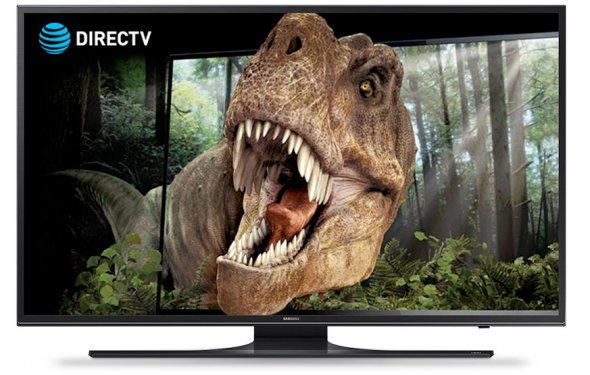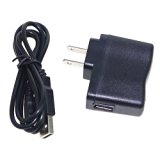Best cable satellite providers

 Cable box or satellite box, DVR or digital media receiver, it's important to set the output resolution so it looks best with your TV.
Cable box or satellite box, DVR or digital media receiver, it's important to set the output resolution so it looks best with your TV.
But what looks best with your TV?
The answer is probably easier to find than you'd imagine.
All HDTV broadcasts are either 1080i or 720p. Most stations, such as CBS, NBC, and others, are 1080i. Fox, ABC, ESPN, and their various siblings are 720p. Your cable/satellite box can be set to output a specific resolution. Before we discuss what that resolution should be, there are some important things to check:
Are you paying for the HD channels? Most cable/satellite providers require you to pay a little extra for the HD channels. If you're not (and they haven't told you they include it for free), you're probably not getting HD on that shiny HDTV. Check out for more info on that.
Are you connected with or component? HDMI (single, boxy connector) and component (one each red, green, and blue) cables are the only ways to transmit HD from a cable/satellite box to your TV. If you're using the single yellow cable (plus two more for audio), you are not getting HD. Check out for more info.
Are you watching the HD channels? Most cable/satellite providers have separate HD channels. For example, Channel 2 might be CBS in standard definition, but Channel 1002 might be CBS in high definition. It's important to check with your provider to find out where the HD channels are.
OK, on to the setup. There are three main options, but sadly with most boxes there are only two:
Ideal: Native
This is the best-case scenario. If you have this option, you'll be able to get the native resolution of the channel sent to your TV.
Pros: The / in your TV is far better than what's in your cable/satellite box, so this option will get you the best picture quality.
Cons: Not all cable/satellite boxes offer native resolution as an option. Also, there could be a delay in changing between 720p and 1080i channels as your TV adjusts to the new resolution.
For most people: 1080i
If Native isn't an option, 1080i is likely your next best choice. Most TVs are 1080p, and .
Pros: All 1080i channels will be output to your TV exactly as is.
Cons: All 720p channels will be interlaced and upconverted by your cable box, a device .
For some people: 720p
If you have a 720p TV, it's possible that setting your cable/satellite box to 720p might be a better option. The deciding factor is how well your box deinterlaces and downconverts 1080i content. My recommendation is to check out both resolutions with both 1080i and 720p channels and see which resolution looks better to you.
Pros: All 720p channels will be output to your TV exactly as is.
Cons: All 1080i channels will be deinterlaced and downconverted by your cable box.
For a few: 1080p/24
Some providers offer pay-per-view movies in 1080p/24. The benefit to this is marginal, unless you have a TV that refreshes at a multiple of 24 and duplicates each film frame without motion interpolation or a 3:2 sequence (check out and for more details). There is no information lost in transmitting a 1080p/24 movie over 1080i presuming your TV deinterlaces it correctly, and most do.
Pros: If your provider offers it, and if your cable/satellite box can output it, and if your TV can do anything with it, you'll get a smooth, judderless image.
Cons: If any of the "ifs" in the Pros section doesn't apply, there's no benefit.
Bottom line
Just because you have an HDTV doesn't mean you're watching HD on it. Make sure you have the right connections, you're watching the right channels, and your cable/satellite box is outputting the correct HD resolution. For just about everyone, that will be 1080i. A lucky few will have Native as an option. If you have a 720p TV, it's worth spending a few minutes checking your options and seeing which resolution looks best. Look for weird jagged edges, an overly soft image, or combing (which looks like someone dragged a comb across the moving parts of the image. Check out for an example).

|
Powerk 5V 1A AC Adapter Charger USB Cable for EP880 EC803 SONY Z1234 L39 50 36i; Sony eReader PRS-T1 BC T1LC Reader WiFi Wireless (Powerk)
|